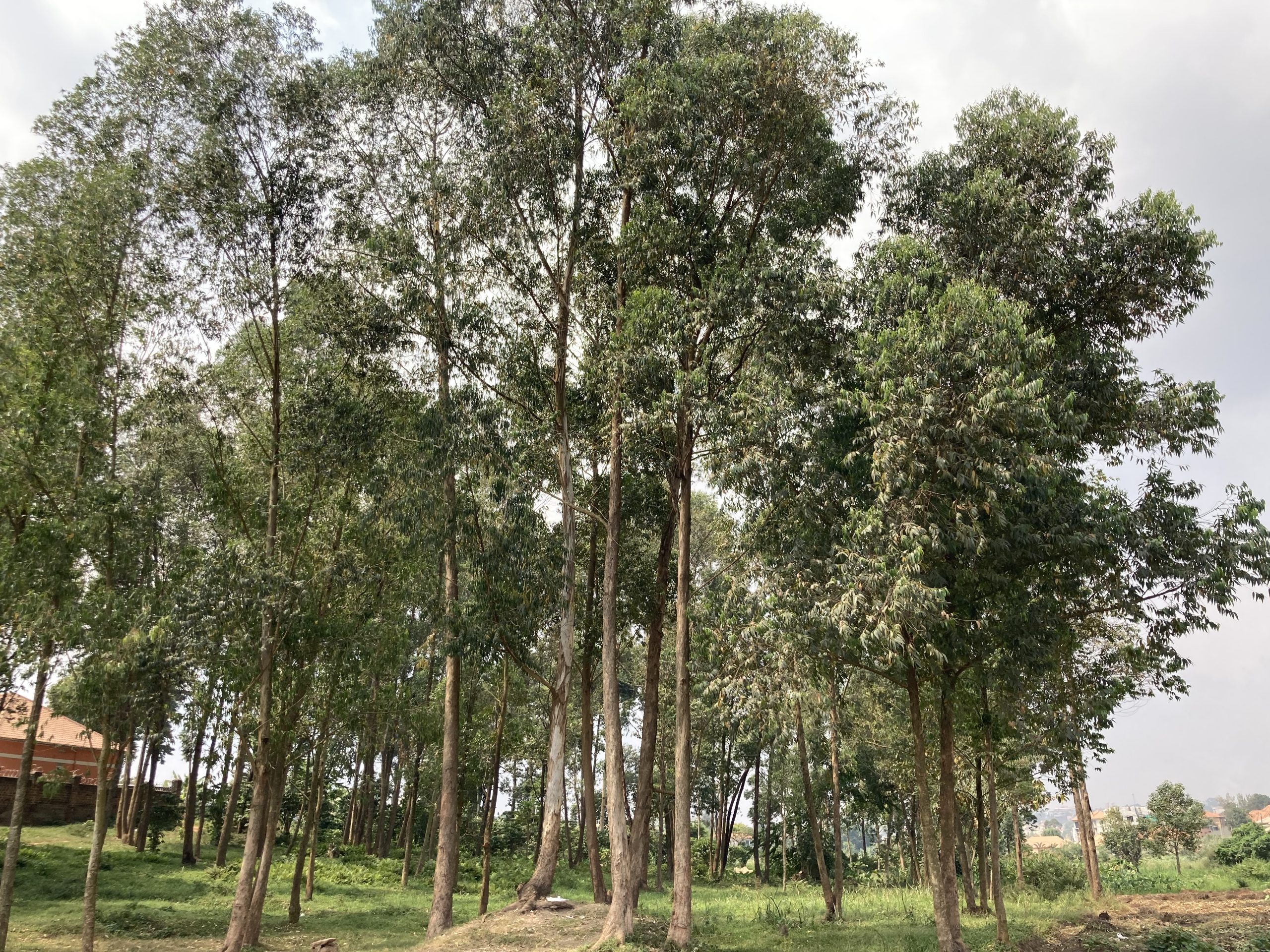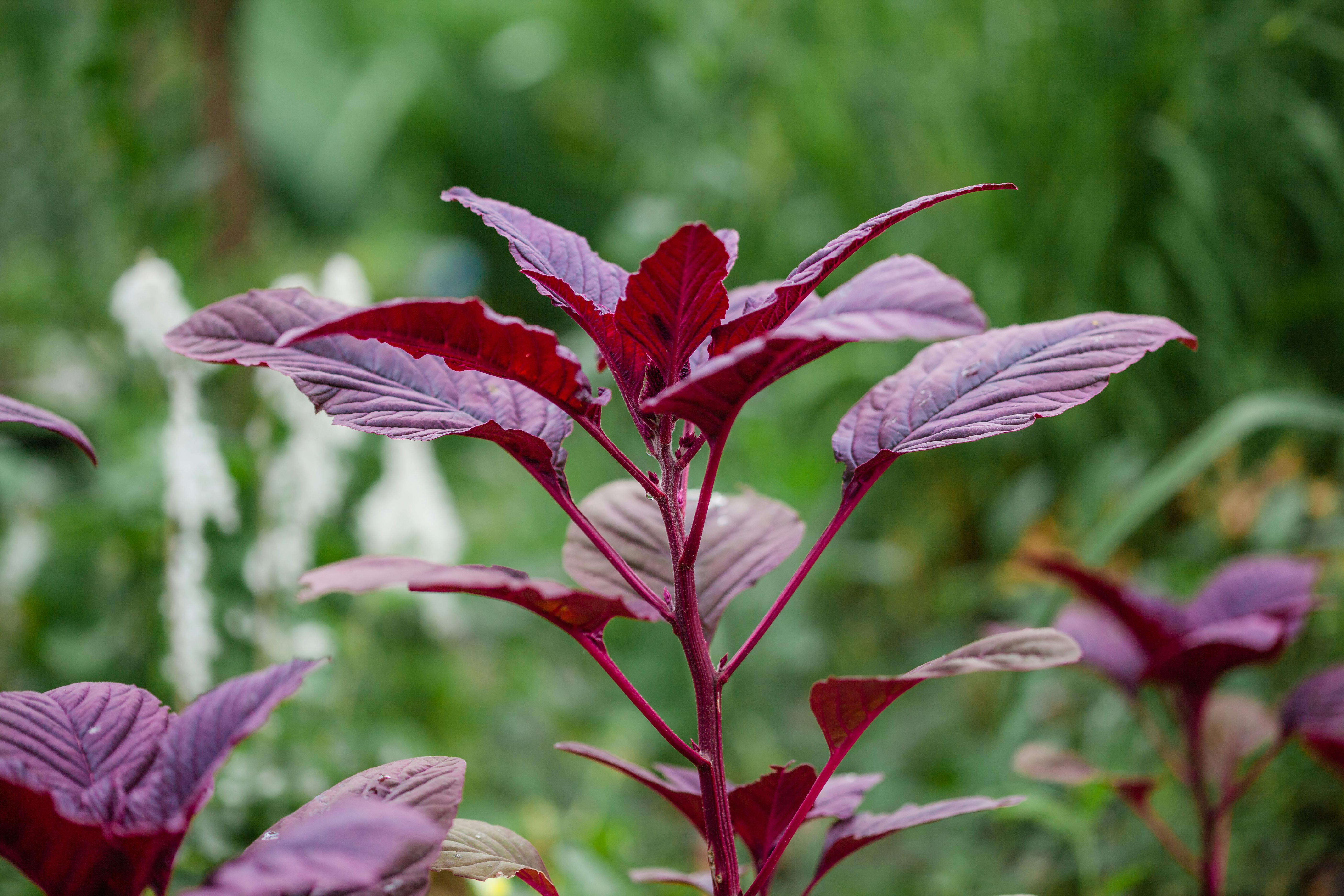
In Africa, Agroforestry has been in practice for thousands of years. It has proven sustainability over a long time throughout the world. It is mainly a sustainable method of integrating agriculture and trees. Agroforestry aims at impactful interactions between its crops, animals, and environment.
Pointing to achieve a maximum ecologically diverse and socially productive output, especially for small-scale producers. Agroforestry further reduces the carbon footprint in the environment hence contributing to the green economy in the long term.

Moreover, farmers consider, it a low-cost agricultural method of implementing different kinds of land management processes. Done to reduce the heavy impact on natural land and forests due to agricultural requirements. The trees in this system use their roots to reach deep into the ground. Then pull water closer, cycle nutrients for the crops, and also store carbon. Above the ground, they protect the animals and crops from the harsh elements of weather.
Now that we know about agroforestry. It is high time, we dive into the different types, applications, and benefits of Agroforestry Systems:
The types of Agroforestry Systems:
- Agri-silvicultural system. This term combines two words Agri (farming) and silviculture (cultivation of crops & forests). The agri-silvicultural system combines various agroforestry methods like Alley cropping and improved farrows. More include live fencing, riverine buffers, and growing specific high-value forest crops like mushrooms and the managed forest canopy. It involves the deliberate and conscious use of the land and making choices that ensure sustainability for the forest.
This method delivers a tone of economic benefits to small-scale farmers especially. Some examples of trees and crops grown under this system are Acacia, mango, mahogany, maize rice soybean, vegetable casava, teak and so many more. - The silvopastoral system, Involves combining timber-yielding trees with fodder crops and animals. Here livestock grazes on the pastures under the shade of the forest. This unique method encompasses growing fodder plants like leguminous shrubs and grasses (mature faster) along with trees. Farmers grow Fodder for the animals and harvest trees for timber. Proving profitability since it produces a farmer’s harvest of both timber and livestock products. The difference between the agri-silvicultural system and the agricultural system is that the crops are left for animal feed rather than food for the farmer.
- Agroslivopastural system, the term in itself combines silviculture and agricultural practices with pasture growing. This system involves the production of all kinds of trees, animals, and crops. A resourceful pattern of growing high-yielding trees, fodder, and crops. It is followed to get positive outcomes for both the environment and the farmer. This is a common practice in many African countries and provides a source of firewood and food to rural farmers. Other forms of agroforestry include apiculture and aqua-forestry.
Pairings depend on local soils, water availability, and the farmer’s goal. Read more articles on The Agricblog for specific recommendations on these combinations.

What are the Benefits of Agroforestry?
However, applications of agroforestry systems are not limited by the scale, land conditions, space, or even culture. It can be practiced in vast conditions and landscapes without disruption of the balance of nature. After a farmer applies these practices well
It provides a good source of income to the farmers. This enhances their livelihood through improved nutrition (household & animals) and economic sustainability. A farmer can obtain a good harvest, animal fodder as well as other complimentary products like fruits and wood for sale.
Agroforestry is a dazzling way to maintain environmental health and control climate change. It utilizes the lands of forests or croplands sustainably. It increases the land’s fertility when a farmer grows one or two crops on a land selectively. Agroforestry not only makes the soil richer with nutrients but also adds more oxygen to the atmosphere.
Agroforestry has a positive impact on the environment for it has a great role to play in carbon sequestration. More or less it greatly reduces soil erosion and increases while preserving the biodiversity of the land. The overall sustainability embedded in this system of agriculture provides a concrete solution to the rapidly changing climate.
What are the practical steps to implementing Agroforestry?
For proper implementation of agroforestry systems, one must mindfully consider several factors like local social conditions and biodiversity.
The Design,
Here where we look at the layout and arrangement of the site. The selection of crop or tree species to cultivate, and the animals to raise. The farmers’ design also involves how and when the farm materials arrive and are managed.
Establishment.
At this stage, we execute our design. It mainly involves the sourcing of planting material, preparation of the site, and marketing of the products. Activities like land preparation, digging holes, fencing, and fertilizing maintain the eco-system and product promotion.
Management and monitoring.
These are the last key steps for it looks at maintaining and continuity. It involves performance monitoring, system maintenance, and dynamically adjusting the system to changing conditions.
Challenges and solutions.
High upfront investment costs for acquiring tree seedlings and equipment may exceed immediate returns, leading to negative cash losses. Many farmers could really benefit from adopting agroforestry practices but lack financial resources or access to credit to finance long-term investments. Linking project costs to government programmers and existing support like subsidy programs as well as donor funding and blended finance can reduce costs.
Potential for competition and conflict over resources between tree, crop, and livestock species. Trees may compete with food crops for space, sunlight, moisture, and nutrients, thereby reducing crop yields. Suitable choice of crop, tree, and livestock species and breeds to reduce competition.
Weak extension services and lack of appropriate training approaches for smallholder farmers. The government should enact policies that provide satisfactory input supplies and advisory services for the farmers.
Trees that form part of agroforestry systems may be hosts of pests and birds that damage crops. Implementing rotational grazing practices to improve the quality of the pasture, crop, and livestock.
The rapid regeneration of trees may displace food crops and even take over entire fields making maintenance difficult. Note that Food crops may be damaged during tree harvesting.

Agroforestry at Work.
A clear example of agroforestry in play is the Great Green Wall Initiative by FAO. The wall consists of trees planted across t the Sahara and Sahel region. The initiative is a set of cross-sectoral actions and interventions aimed at the conservation and protection of natural resources. Additionally achieving development, food security, and, particularly alleviating poverty in the region.
Particular non-governmental organizations with the government in hand have integrated agroforestry components. Into policies and processes in the East African countries: Uganda, Kenya, and Tanzania. The aim of this initiative is to enhance the climate resilience of coffee production and promote biodiversity. Improve the livelihoods of coffee farmers.
In a nutshell, Agroforestry has proven to be a sustainable approach to mitigating the president’s climate change. It has done this in an eco-friendly manner contributing a lot to the carbon cycle. It has gone ahead to elevate farmers from poverty due to its profitability benefit. Here we are about sustainability and the balance of nature. Thanks for reading


